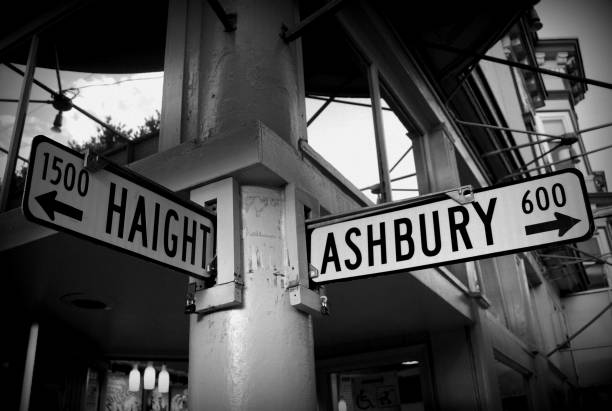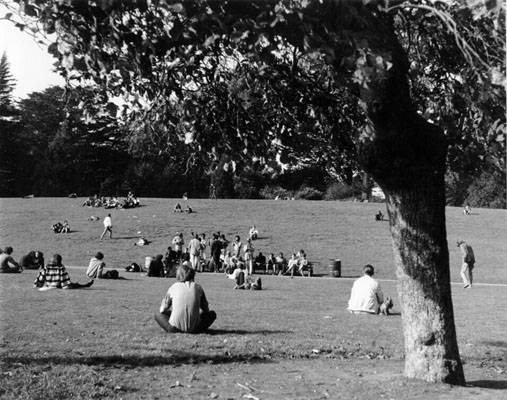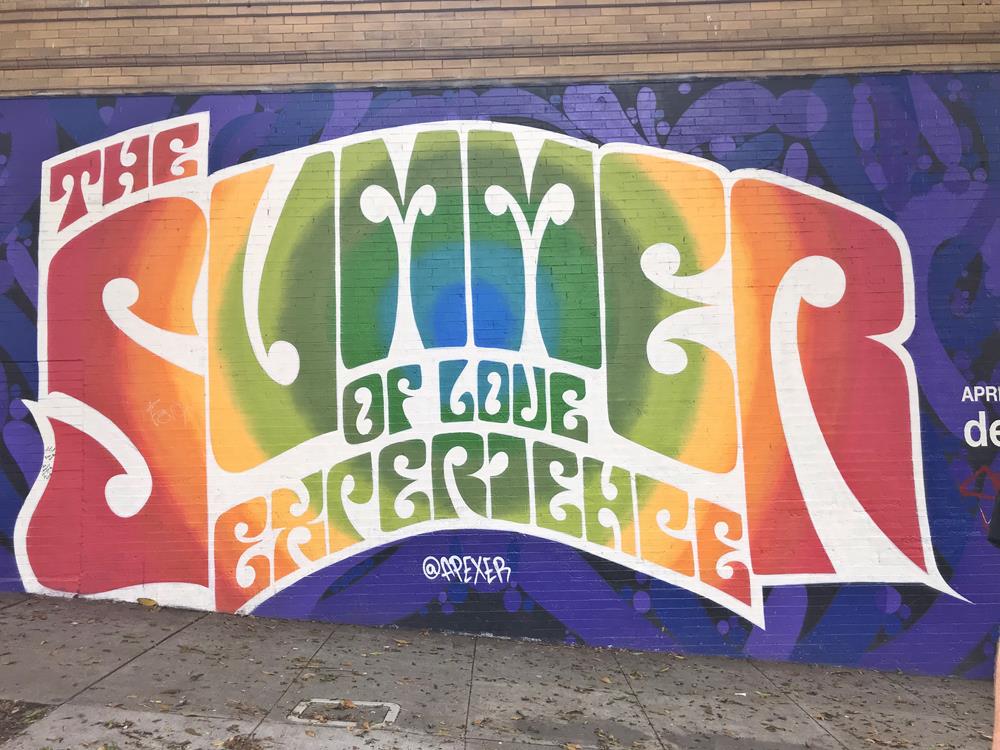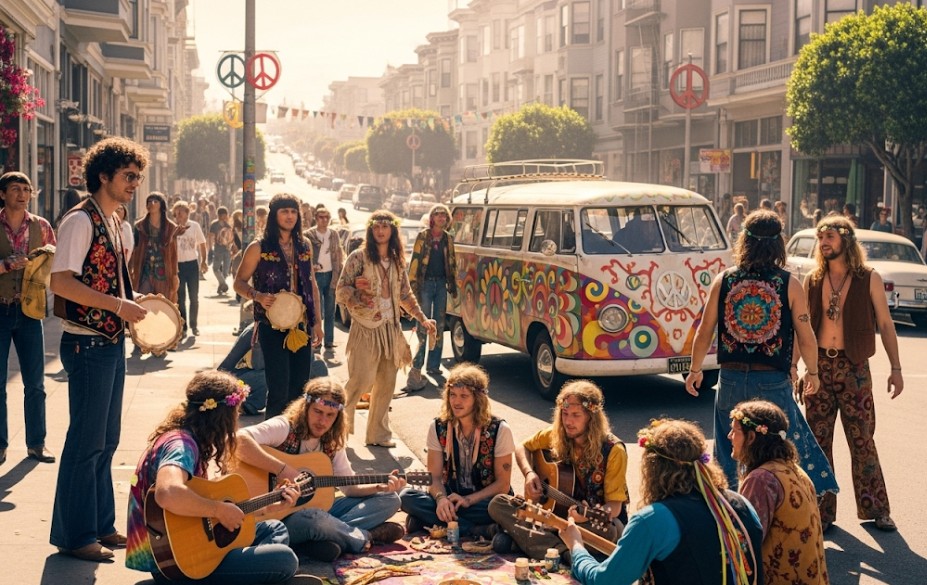Table of Contents
Introduction to the Hippie Movement San Francisco History
The Hippie movement San Francisco history is one of the most colorful and defining chapters of the 1960s in America. Centered in the famous Haight-Ashbury neighborhood, this movement reshaped not only the culture of San Francisco but also sparked a global wave of countercultural change. Known for its celebration of peace, love, music, and personal freedom, the hippie era transformed art, politics, spirituality, and everyday life. Today, exploring the origins and legacy of this movement allows us to better understand how San Francisco became the epicenter of progressive thought and creative expression.

Haight-Ashbury: The Birthplace of the Hippie Movement San Francisco History
At the heart of the Hippie movement San Francisco history lies Haight-Ashbury, a neighborhood that became synonymous with freedom and experimentation. By the mid-1960s, affordable Victorian homes and a growing population of free thinkers made it the perfect gathering place for young people who rejected mainstream culture.
Haight-Ashbury attracted thousands who wanted to explore alternative lifestyles. Communal living, psychedelic art, and experimental music flourished in the neighborhood. The area soon became a haven for anti-war protests, spiritual exploration, and creative expression. Even today, Haight-Ashbury preserves its countercultural vibe with vintage shops, colorful murals, and landmarks tied to the hippie movement.
The Summer of Love: A Turning Point in Hippie Movement San Francisco History
The Summer of Love in 1967 stands as the defining moment in the Hippie movement San Francisco history. Over 100,000 young people from across the country and the world flocked to San Francisco to celebrate love, peace, and music.
During this summer, Golden Gate Park became the stage for legendary free concerts featuring Jefferson Airplane, The Grateful Dead, and Janis Joplin. Poetry readings, spiritual gatherings, and psychedelic experiences created a sense of unity among attendees. The Summer of Love placed San Francisco at the center of global media attention, solidifying its role as the birthplace of modern counterculture.

Music and Art in the Hippie Movement San Francisco History
Music and art played a central role in shaping the Hippie movement San Francisco history. Bands like The Grateful Dead, Santana, and Jefferson Airplane used their music to challenge societal norms and promote peace. Psychedelic rock became the soundtrack of the counterculture, with concerts serving as communal experiences that went beyond entertainment.
Art also blossomed during this era. Vibrant concert posters, tie-dye fashion, and psychedelic visual styles reflected the free-spirited creativity of the hippie generation. Many of these artistic expressions remain iconic symbols of the movement, influencing design, fashion, and even modern marketing.

Political Activism in the Hippie Movement San Francisco History
While often remembered for peace and music, the Hippie movement San Francisco history was also deeply political. Hippies were at the forefront of protests against the Vietnam War, nuclear weapons, and racial inequality. San Francisco became a hub for demonstrations, sit-ins, and marches advocating for civil rights, women’s rights, and environmental causes.
The counterculture’s call for nonviolence and social justice inspired later generations of activists. The idea that individuals could bring about change through peaceful protest and community solidarity remains a powerful legacy of the hippie era.
Spirituality and Alternative Lifestyles in the Hippie Movement San Francisco History
The Hippie movement San Francisco history also introduced alternative forms of spirituality and living. Influenced by Eastern philosophies, yoga, meditation, and communal living became popular practices. Many hippies turned to nature-based spirituality, emphasizing harmony with the earth and sustainability.
Communes across the Bay Area experimented with shared resources, cooperative farming, and creative self-expression. These experiments in alternative living helped pave the way for today’s interest in mindfulness, eco-consciousness, and holistic wellness.
Legacy of the Hippie Movement in San Francisco Today
The Hippie movement San Francisco history continues to shape the city’s culture, tourism, and identity. Visitors can walk through Haight-Ashbury, admire murals honoring peace and love, and visit landmarks like the Red Victorian and Golden Gate Park’s Hippie Hill.
Festivals, music events, and countercultural celebrations keep the spirit of the 1960s alive. Modern San Francisco’s reputation as a progressive, creative, and open-minded city owes much to the ideals first championed by the hippie generation. The city remains a place where art, activism, and freedom of expression flourish—living proof of the hippie movement’s lasting influence.
FAQ About the Hippie Movement San Francisco History
Q1: What was the Hippie movement in San Francisco?
The hippie movement in San Francisco was a countercultural revolution during the 1960s, centered in Haight-Ashbury, promoting peace, love, music, and alternative lifestyles.
Q2: Why did the Hippie movement start in San Francisco?
San Francisco’s affordable housing, liberal culture, and history of progressive activism made it the perfect place for the counterculture to flourish.
Q3: What was the Summer of Love?
The Summer of Love in 1967 was a major gathering of over 100,000 young people in San Francisco, celebrating music, art, spirituality, and peace.
Q4: What role did music play in the Hippie movement San Francisco history?
Music, especially psychedelic rock, became the voice of the movement. Bands like The Grateful Dead and Jefferson Airplane reflected hippie ideals and fueled the counterculture revolution.
Q5: Can I still see Hippie culture in San Francisco today?
Yes, Haight-Ashbury and Golden Gate Park still showcase the hippie legacy through shops, murals, historic landmarks, and cultural events.


Leave a Reply
You must be logged in to post a comment.